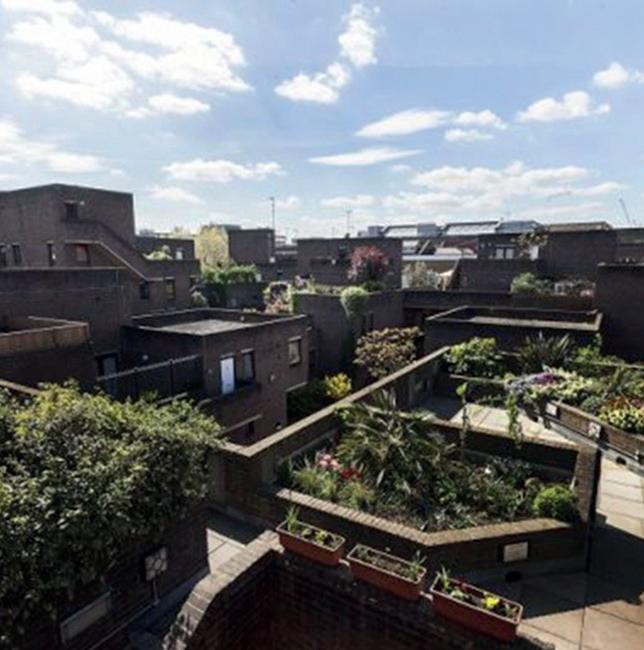
1 minute read
3.3 Precedents
Figure 3.7. San Francisco’s facade. Source: Burgos and Pacheco, 2019
The first precedent is based on the Historic Center of Cuenca, where multiple buildings are composed by multiple stories, creating living spaces that are attached one to another Photo 3.1 and Figure 3.7). This exercise is more visible in the “Barranco”, at the riverside of the Tomebamba river, where is easy to find these residencies with incredible heritage value. The selection of this precedent was to show how vertical growth has been present even in the historical parts of the city, which have given Cuenca’s identity (Burgos and Pacheco, 2019). Secondly there is a residential project, Odham’s Walk in Covent Garden, which utilized terraces and roofs as an extra occupation space. Connected with stairs and bridges (Photo 3.2), this project was built in 1979 by the Greater London Council, and is characterized by its multiple leisure spaces and also a sense of safety and community, where all public spaces can be seen from upstairs dwellings (Nagore, 2016). Finally, for the public spaces, the particular shapes and designs of Burle Marx have been considered (Photo 3.3), for they present multiple ways to create texture with vegetation on public spaces, giving another dimension on how these can be more dynamic according the vegetation they have (Arellano, 2019).
Advertisement
Photo 3.1. Barranco of Cuenca: Source: Google Images

Photo 3.2. Odhams Walk, Covent Garden in London. Source: Nagore, 2016 Photo 3.3. Roberto Burle Marx’s exhibition in New York. Source: Arellano, 2019












